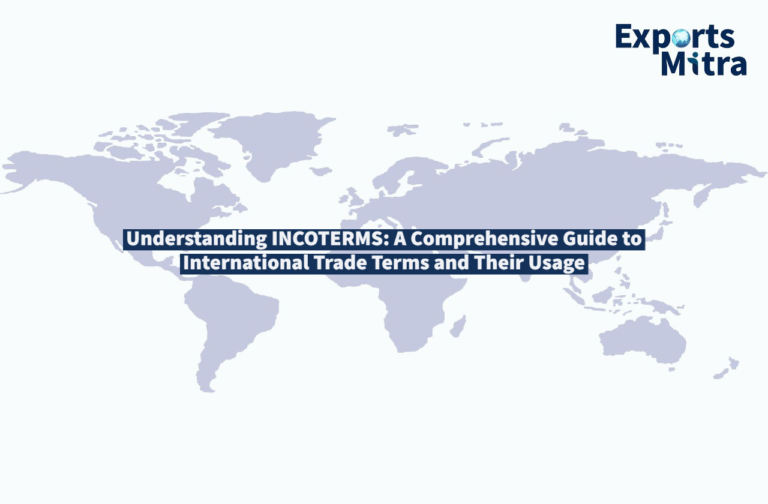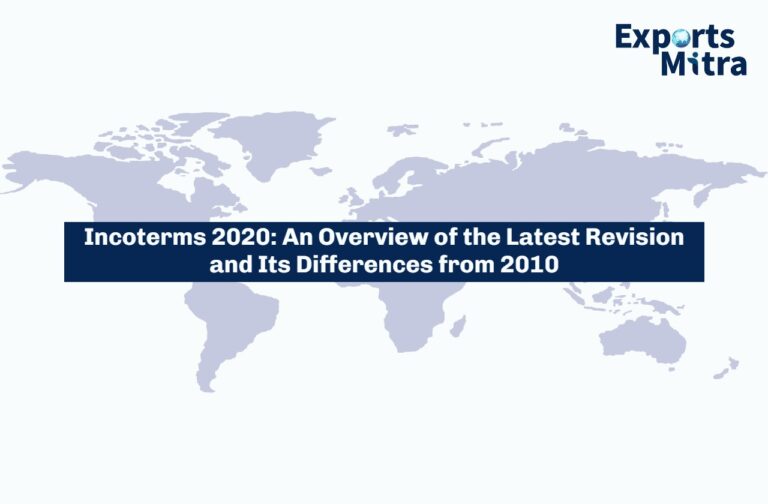The global farmed shrimp market continues to grow faster than other aquaculture species with most shrimp being produced in Asia. The main market outside Asia is Latin America, with Ecuador recently overtaking Thailand to become the world’s fifth-largest shrimp producer.
Global production of shrimps and prawns reached 5.5 MT in 2019, growing at an average annual growth rate (AAGR) of 6.1% during 2011-19. Accounting for nearly 39% of the global production of Shrimps and Prawns in 2019, China remained the top producer, followed by Indonesia, Vietnam, Thailand, and India.
Global shrimp and prawn production remained concentrated amongst the top five producing countries during 2012 and 2019, with the collective share increasing from 90% to 92%. During this time while China’s share in global shrimp and prawn production marginally declined from 43% to 39%, that of India nearly doubled from 7% to 14%.
An uptick in global share of shrimp and prawn production was also noted for Indonesia and Vietnam while the share of Thailand share has declined. Farmed shrimp accounts for 55% of the shrimp produced globally. Most shrimp aquaculture occurs in China, followed by Thailand, Indonesia, India, Vietnam, Brazil, Ecuador, and Bangladesh.
India’s Shrimp and Prawn Industry Modern shrimp farming commenced in India in the late 1980s, driven by a growing global appetite for shrimp, government policies to promote seafood exports and several corporate entities providing capital to build hatcheries, farms, and processing plants. It was based predominantly on the black tiger shrimp (Penaeus monodon) and to a lesser degree the Indian white shrimp (Fenneropenaeus indicus).
India’s shrimp farming growth after the introduction of SPF L. vannamei has been phenomenal. Farms previously culturing the black tiger shrimp experienced a boost in productivity due to higher stocking densities, lower incidence of diseases and animal growth rates that were comparable to those of black tiger shrimp up to 20 grams or even beyond. Farmers switched to SPF L. vannamei swiftly and today more than 90% of Indian shrimp production is for this species.
India’s production of Shrimps and Prawns reached an all-time high of 759.9 thousand tonnes in 2019, growing at a reasonably high AAGR of 15.1% during 2011-19. The State of Andhra Pradesh has been on the forefront of shrimp and prawn production in India, accounting for nearly 70% of the country’s production.
Foreign Trade ScenarioIndia was the leading exporter of Shrimps and Prawns in 2020 accounting for 17.5% of total exports, followed by Ecuador (15.7%), Vietnam (14.4%), Indonesia (8.3%), and China (6.8%). India’s exports of Shrimps and Prawns were recorded at US$ 4.31 billion in 2020, growing at an AAGR of 13.6% during 2011-20.
India has been a net exporter of Shrimps and Prawns with trade surplus nearly quadrupling from US$ 1.6 billion in 2011 to US$ 4.2 billion in 2020. The USA has remained the top export destination for India’s exports of Shrimps and Prawns, accounting for a share of nearly 52% of India’s total Shrimps and Prawns exports in 2020.
It may be noted that India’s exports of Shrimps and Prawns reached an all-time high of US$ 4.9 billion in 2017 and have remained above the US$ 4 billion mark ever since. The export growth of Shrimps and Prawns has primarily been a result of increased production of L. Vannamei, diversification of aquaculture species, sustained measures to ensure quality, and increase in infrastructure facilities for production of value-added products. Additionally, the Government of India’s interest in positioning India as a market leader with regards shrimp exportsis evident with the reduction in custom duty on key inputs required for shrimp aquaculture in the Union Budget 2022-23 announcement. Apart from increasing shrimp exports from the country, this move is likely to result in greater valueaddition in exports and enable market penetration in the underserved regions.
Impact of COVID-19 Outbreak on the Industry
As per the estimates of India’s Central Institute of Brackishwater Aquaculture (CIBA), the economic losses caused by the COVID-19 outbreak on India’s farmed shrimp sector have been to the tune of US$ 1.5 billion in 2020-21.
This was primarily due to three reasons.
One, decline in prices on account of halted import demand amid the pandemic.
Two, shortage of skilled technicians: Shrimp production cycles are inflexible and time dependent. A sudden dearth of skilled labour meant that hatcheries struggled to fulfil their contracts.
Third, record high prices of shrimp feed ingredient soyabean further manifested the losses for small and medium players in the industry. A study by CIBA reports that the COVID-19 outbreak, and restrictions to curtail the spread of virus negatively impacted each link of the industry’s supply chain.
Shrimp hatcheries, farms, processors, retailers and exporters lost an estimated 30-40% of their business in the wake of India’s lockdown. Pradhan Mantri Matsya Sampada Yojana (PMMSY) Launched in September 2020, the Pradhan Mantri Matsya Sampada Yojana (PMMSY) is a centrally sponsored flagship scheme for focused and sustainable development of fisheries sector in the country with an estimated investment of ₹ 20,050 crores for its implementation during a period of five years from 2020-21 to 2024-25, as a part of Aatmanirbhar Bharat Package.
Out of the total estimated investment of ₹ 20,050 crores under the Scheme, about ₹ 12,340 crores is proposed for beneficiary – oriented activities2 in marine, inland fisheries and aquaculture and about₹ 7,710 crores investment for Fisheries Infrastructure3 . Brackish water aquaculture offers huge potential as the country has around 1.42 million Ha of brackish/saline area, of which only 13% is utilized. With the aim to harness its potential, PMMSY aims at enhancing fish production by an additional 70 lakh tonne by 2024-25, increasing fisheries export earnings to ₹ 1,00,000 crore by 2024-25 from ₹ 43,627 crore in 2019-20. As on, doubling of incomes of fishers and fish farmers, reducing post-harvest losses from 20- 25% to about 10% and generation of additional 55 lakhs direct and indirect gainful employment opportunities in fisheries sector and allied activities.





